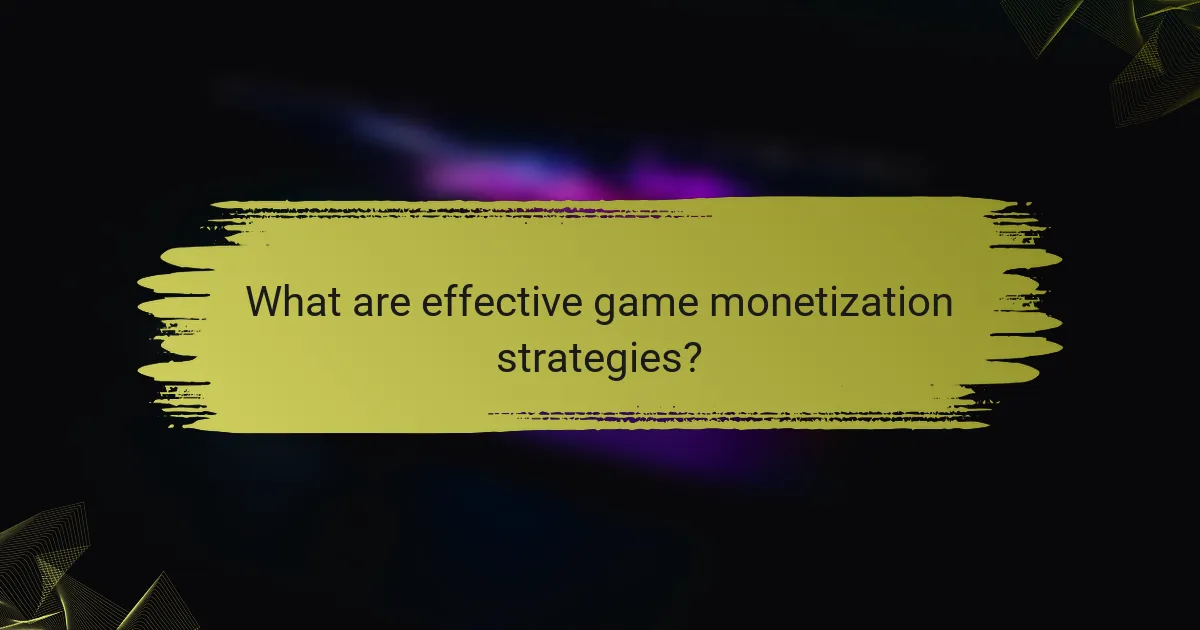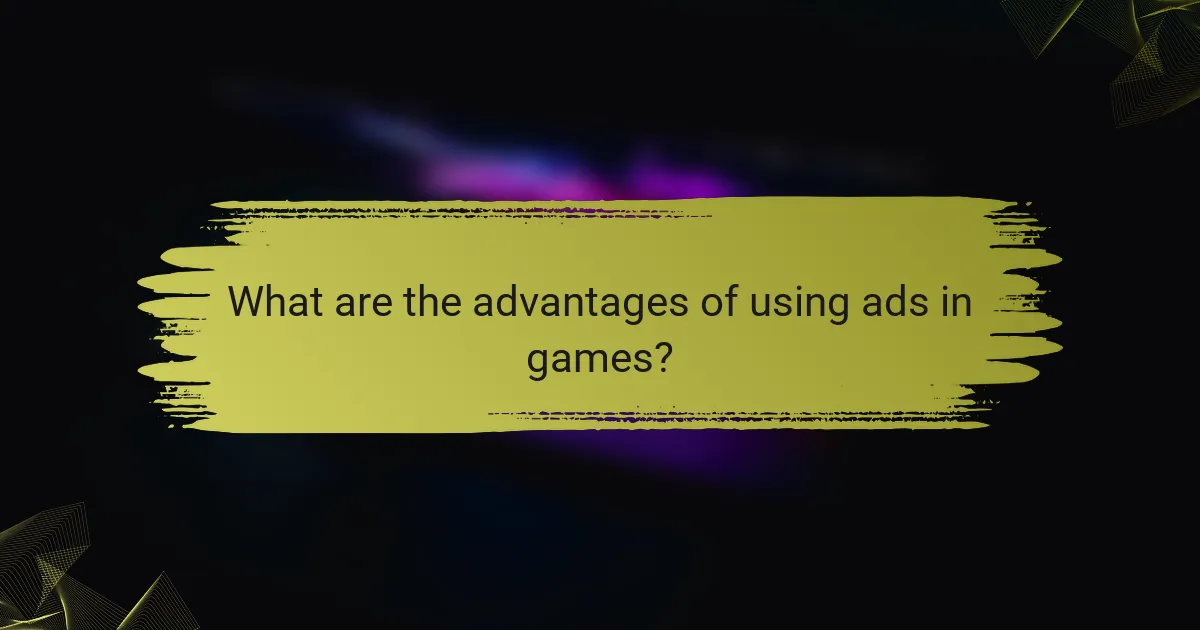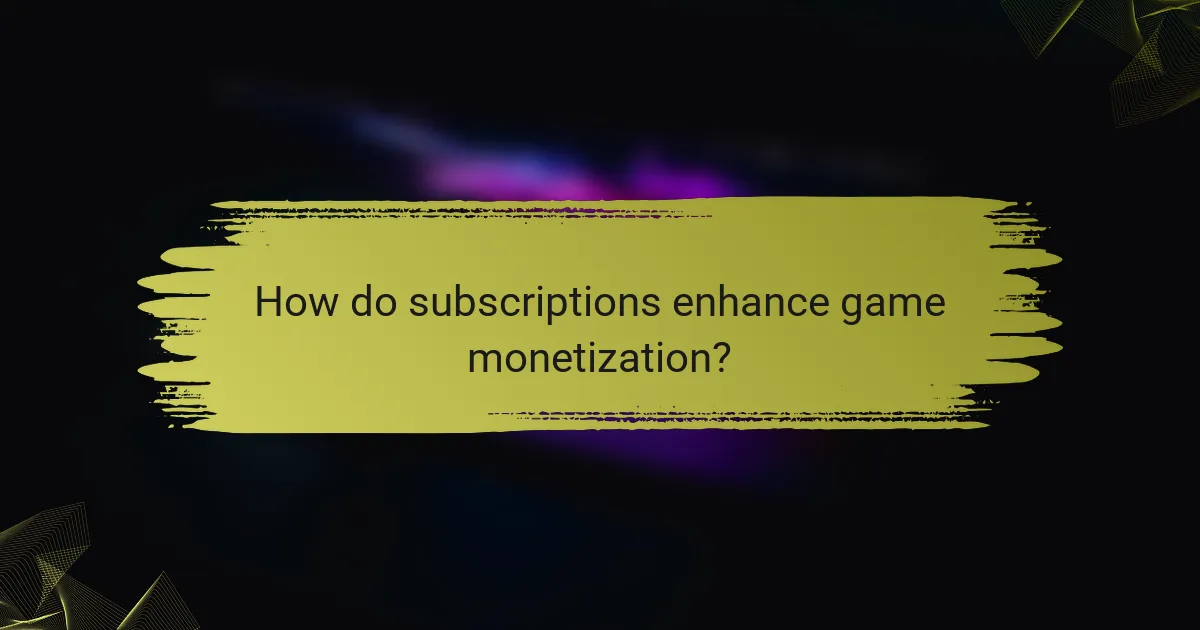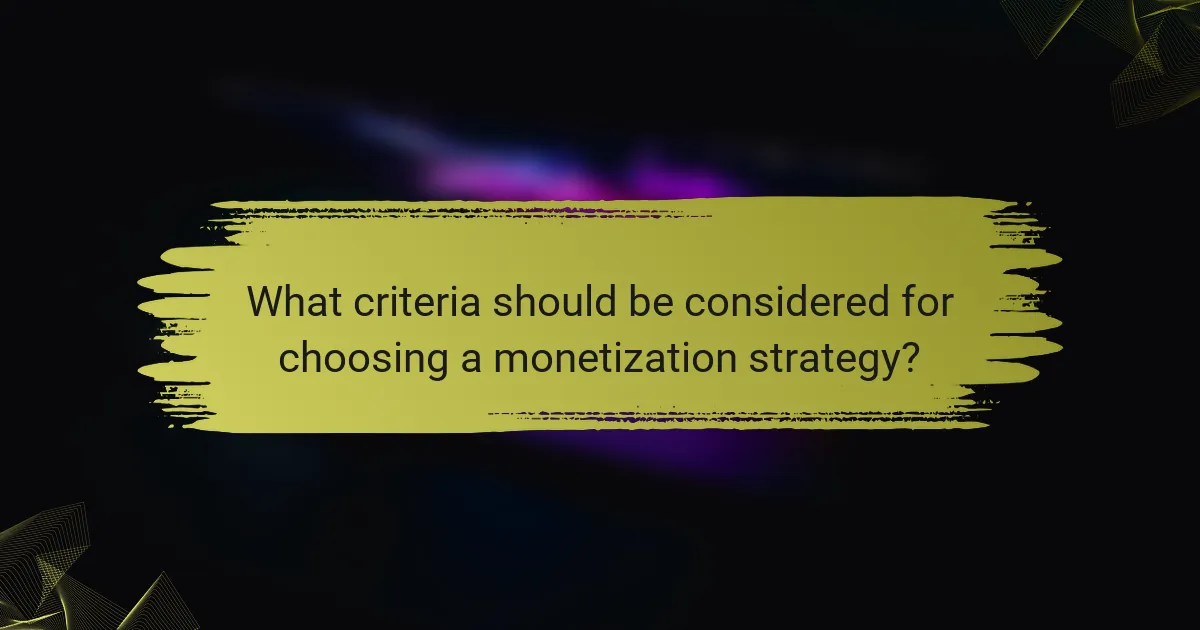Game monetization strategies play a crucial role in balancing revenue generation with user experience. Key methods such as in-app purchases, advertisements, subscriptions, and sponsorships each present distinct benefits and challenges, enabling developers to tailor their approach based on their audience and game design. Understanding these strategies is essential for maximizing profitability while maintaining player engagement.

What are effective game monetization strategies?
Effective game monetization strategies include in-app purchases, advertising, subscriptions, and sponsorships. Each method offers unique advantages and challenges, allowing developers to choose the best fit for their game’s audience and design.
In-App Purchases
In-app purchases (IAP) allow players to buy virtual goods or enhancements directly within the game. This strategy can boost revenue significantly, especially in free-to-play models, where users can access the game without initial costs.
Common items sold through IAP include cosmetic upgrades, additional levels, or in-game currency. Developers should ensure that these purchases enhance the gaming experience without creating a pay-to-win environment, which can alienate players.
Advertising
Advertising involves displaying ads within the game, generating revenue based on impressions or clicks. This method can be effective in free games, but it requires careful implementation to avoid disrupting the player experience.
Options include banner ads, interstitial ads, and rewarded video ads, where players can choose to watch an ad in exchange for in-game rewards. Balancing ad frequency is crucial; too many ads can lead to player frustration and abandonment.
Subscriptions
Subscriptions offer players ongoing access to premium content or features for a recurring fee. This model can provide a steady revenue stream and foster long-term player engagement.
Games may offer different subscription tiers with varying benefits, such as exclusive items or ad-free experiences. It’s essential to communicate the value of the subscription clearly to encourage sign-ups and retention.
Sponsorships
Sponsorships involve partnering with brands to promote their products within the game. This can include branded content, events, or in-game items that feature the sponsor’s branding.
Successful sponsorships should align with the game’s theme and audience to enhance authenticity. Developers should consider the potential impact on gameplay and player perception, ensuring that sponsorships feel organic rather than intrusive.

How do in-app purchases work?
In-app purchases (IAPs) allow users to buy virtual goods or services within a mobile app or game. This monetization strategy can enhance user experience while generating revenue for developers.
Virtual goods
Virtual goods are items that users can purchase to enhance their gaming experience, such as skins, characters, or equipment. These items often do not affect gameplay balance but provide aesthetic or personalization options. For example, a player might buy a unique outfit for their character, which can cost anywhere from a few cents to several dollars.
When implementing virtual goods, consider offering a range of prices to cater to different spending habits. Low-cost items can encourage impulse buys, while higher-priced items might appeal to dedicated players.
Consumables
Consumables are items that players use up after a single use, such as health potions or extra lives. These purchases can create a sense of urgency and encourage players to spend more to continue enjoying the game. Prices for consumables typically range from a few cents to a couple of dollars.
To effectively use consumables, consider implementing limited-time offers or discounts to motivate players to buy. However, avoid making the game overly reliant on consumables, as this can frustrate users and lead to negative reviews.
Premium content
Premium content includes features or levels that enhance the game experience but are locked behind a paywall. This can include new story chapters, exclusive missions, or advanced game modes. Pricing for premium content can vary widely, often falling between a few dollars to around twenty dollars, depending on the value offered.
When offering premium content, ensure it provides significant value to justify the cost. Consider bundling multiple items or features together at a discounted price to encourage purchases. Additionally, clearly communicate the benefits of premium content to entice players to invest.

What are the advantages of using ads in games?
Ads in games provide a way to generate revenue while keeping the game free for players. They can enhance the gaming experience when implemented thoughtfully, balancing monetization with user satisfaction.
Revenue generation
Advertising can significantly boost a game’s revenue, especially for free-to-play models. Developers can earn money through various ad formats, such as banner ads, interstitials, and rewarded video ads. Depending on the game’s popularity, revenue can range from a few hundred to several thousand dollars per month.
It’s essential to choose the right ad network to maximize earnings. Some popular networks include Google AdMob, Unity Ads, and Facebook Audience Network. Each offers different rates and formats, so testing multiple options can help identify the most lucrative approach.
User engagement
Well-placed ads can enhance user engagement by providing players with rewards, such as in-game currency or items, for watching ads. This strategy not only increases ad views but also keeps players invested in the game. Rewarded ads can lead to higher retention rates, as players feel they are gaining value.
However, it’s crucial to avoid overwhelming players with ads. A good rule of thumb is to limit ad frequency to maintain a positive user experience. Balancing ad exposure with gameplay is key to keeping players engaged without causing frustration.
Brand partnerships
Ads can facilitate brand partnerships, allowing game developers to collaborate with companies for promotional campaigns. These partnerships can lead to exclusive in-game content or themed events, enhancing the overall gaming experience and attracting new players.
When considering brand partnerships, ensure that the brands align with your game’s audience and values. Successful collaborations can boost visibility and credibility, while poorly matched partnerships may alienate players. Regularly evaluate the effectiveness of these partnerships to ensure they provide mutual benefits.

How do subscriptions enhance game monetization?
Subscriptions enhance game monetization by providing a steady stream of revenue while offering players ongoing value. This model allows developers to create a sustainable income through regular payments, often in exchange for exclusive benefits and content.
Recurring revenue
Subscriptions create a reliable source of recurring revenue, which can be crucial for game developers. Instead of relying solely on one-time purchases, a subscription model can lead to consistent income, allowing for better financial planning and resource allocation.
For example, a monthly subscription fee ranging from $5 to $15 can accumulate significantly over time, especially with a large player base. This steady income can support ongoing development and updates, enhancing the overall game experience.
Exclusive content access
Offering exclusive content to subscribers can significantly enhance the perceived value of a game. This may include special levels, characters, skins, or in-game currency that non-subscribers cannot access.
By providing unique content, developers can incentivize players to subscribe, as they feel they are receiving something special that enhances their gaming experience. This strategy can also encourage players to remain engaged with the game over time.
Player retention
Subscriptions can improve player retention by creating a sense of commitment and ongoing engagement. Players who invest in a subscription are more likely to continue playing to maximize their investment.
Additionally, regular updates and new content for subscribers can keep the game fresh and exciting, reducing churn rates. Developers should focus on delivering quality content consistently to maintain subscriber interest and satisfaction.

What role do sponsorships play in game monetization?
Sponsorships are a significant component of game monetization, providing developers with financial support in exchange for brand promotion within the game. This strategy not only enhances revenue but also creates a unique experience for players through brand integration.
Brand visibility
Sponsorships enhance brand visibility by embedding logos, products, or services within the game environment. This can take the form of branded in-game items, billboards, or character outfits. Such placements can reach millions of players, making it an effective way for brands to connect with their target audience.
For example, a popular racing game might feature a car brand prominently, allowing players to interact with the brand while enjoying the gameplay. This method can lead to increased brand recognition and loyalty among players.
Event sponsorships
Event sponsorships involve partnering with gaming tournaments or live events to promote brands during high-traffic moments. Brands can sponsor in-game events, competitions, or esports tournaments, gaining exposure to a large audience of engaged players and fans.
Brands often leverage these sponsorships to create exclusive in-game content or rewards for participants, enhancing the overall experience and encouraging player participation. This strategy can significantly boost brand engagement during peak gaming moments.
Collaborative marketing
Collaborative marketing through sponsorships allows game developers and brands to create joint campaigns that benefit both parties. This can include cross-promotions, where players receive rewards for engaging with a brand outside the game, such as discounts or exclusive offers.
For instance, a game could partner with a beverage company to offer players in-game items when they purchase the product in real life. This not only drives sales for the brand but also incentivizes players to engage more deeply with the game.

What criteria should be considered for choosing a monetization strategy?
Choosing a monetization strategy involves evaluating several key criteria that can significantly impact your game’s success. Consider factors such as your target audience, game genre, and the overall player experience to select the most effective approach.
Target audience
Your target audience plays a crucial role in determining the right monetization strategy. Different demographics have varying preferences and spending habits, which can influence whether in-app purchases, ads, subscriptions, or sponsorships will be more effective. For instance, younger audiences may be more accustomed to free-to-play models with in-app purchases, while older gamers might prefer premium pricing or subscription services.
To identify your target audience, conduct market research and analyze player behavior. Use surveys, focus groups, or analytics tools to gather insights on spending patterns and preferences. Tailoring your monetization strategy to fit these insights can enhance player satisfaction and revenue.
Game genre
The genre of your game significantly affects which monetization strategies will be most successful. Casual games often thrive on in-app purchases and ads, while more immersive genres like role-playing games (RPGs) may benefit from subscription models or premium pricing. Understanding the expectations of players within specific genres can guide your decision-making.
Consider the competitive landscape of your game genre. Analyze successful titles and their monetization approaches to identify trends and best practices. For example, if most top games in your genre utilize a freemium model, you may want to adopt a similar strategy to remain competitive.



